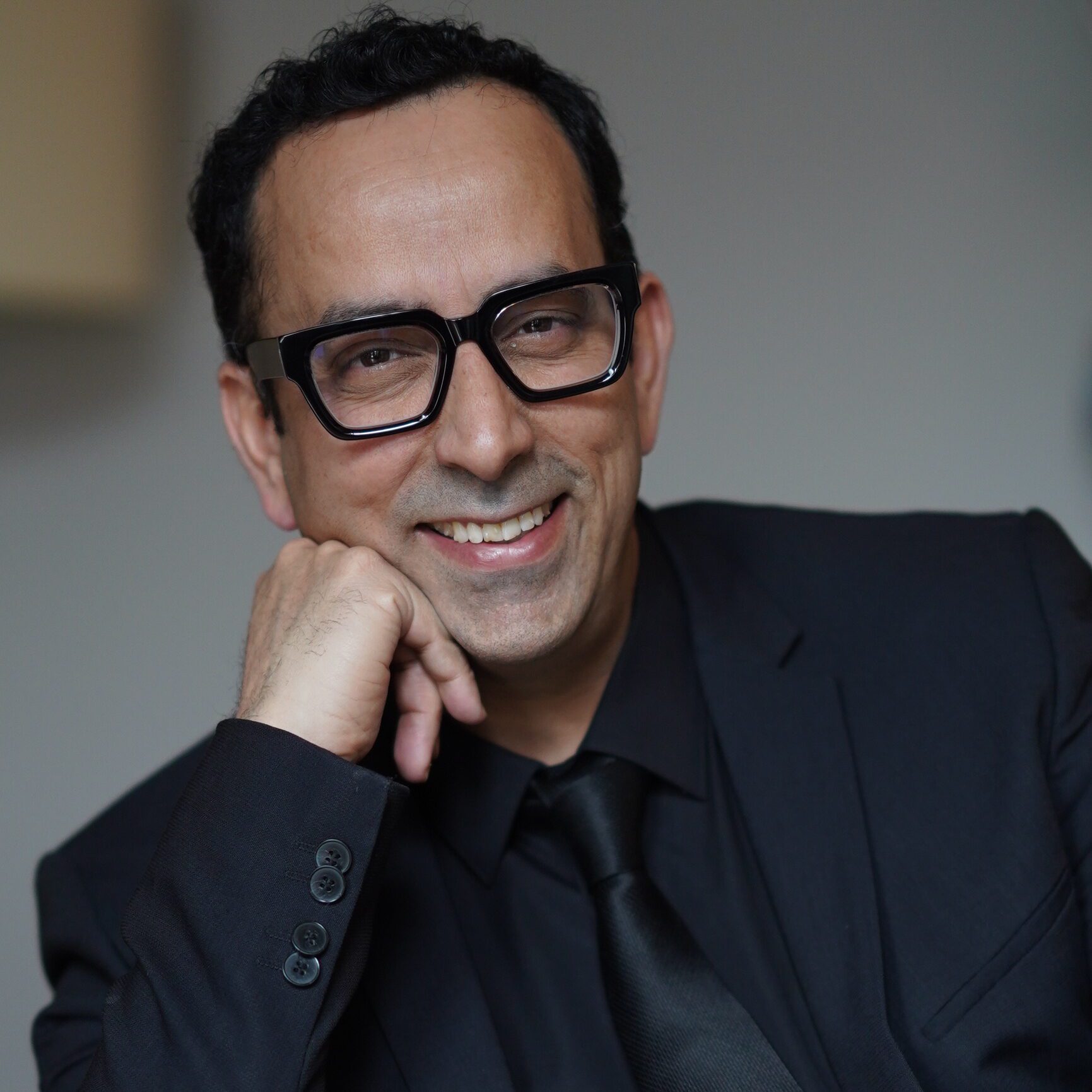The Importance of Pacing in Keynote Speaking
What is being discussed?
The topic of pacing in keynote speaking revolves around the speed and rhythm with which a speaker delivers their speech. Effective pacing ensures that the audience can follow and engage with the content, enhancing comprehension and retention. This article discusses why pacing is crucial in keynote speaking and provides practical steps for mastering it.
Why is this topic important?
Understanding the importance of pacing in keynote speaking is crucial because:
• Audience Engagement: Proper pacing keeps the audience engaged and attentive throughout the presentation.
• Clarity: Effective pacing allows the audience to absorb and understand the information being presented.
• Emphasis: Varying the pace can highlight key points and make the speech more dynamic and impactful.
• Comfort: Good pacing helps the speaker maintain a comfortable and confident delivery, reducing the likelihood of errors or rushing.
How can it be done?
To master pacing in keynote speaking, follow these steps:
1. Plan Your Speech:
o Outline your speech to identify key points, transitions, and sections that require emphasis.
o Allocate appropriate time to each section to ensure a balanced and well-paced presentation.
2. Practice Regularly:
o Rehearse your speech multiple times, paying attention to the speed and rhythm of your delivery.
o Use a timer to practice keeping within the allotted time for your presentation.
3. Use Pauses Effectively:
o Incorporate strategic pauses to allow the audience to absorb important points and reflect on the message.
o Use pauses to emphasize key statements and to transition smoothly between topics.
4. Monitor Your Breath:
o Control your breathing to maintain a steady pace and avoid speaking too quickly.
o Practice breathing exercises to improve your control and reduce nervousness.
5. Vary Your Speed:
o Adjust your speaking speed to match the content and emotion of your speech.
o Slow down for complex information or critical points, and speed up during less critical parts to maintain interest.
6. Engage with the Audience:
o Pay attention to audience reactions and adjust your pace accordingly.
o Use eye contact and body language to gauge engagement and ensure the audience is following along.
7. Record and Review:
o Record your practice sessions and review them to identify areas where pacing can be improved.
o Take note of sections where you tend to rush or slow down unnecessarily and make adjustments.
8. Seek Feedback:
o Request feedback from peers, mentors, or a coach to gain insights into your pacing.
o Use constructive criticism to refine your delivery and enhance your pacing skills.
What is the concluding summary?
In conclusion, pacing is a critical element in keynote speaking that affects audience engagement, clarity, emphasis, and the speaker’s comfort. By planning your speech, practicing regularly, using pauses effectively, monitoring your breath, varying your speed, engaging with the audience, recording and reviewing your practice sessions, and seeking feedback, you can master the art of pacing. Effective pacing not only enhances the impact of your speech but also ensures a more enjoyable and memorable experience for your audience.
Popular Tags:
#KeynoteSpeaker #PublicSpeaking #Pacing #AudienceEngagement #EffectiveCommunication #SpeechTechniques #PresentationSkills #SpeakerTips #ProfessionalGrowth

